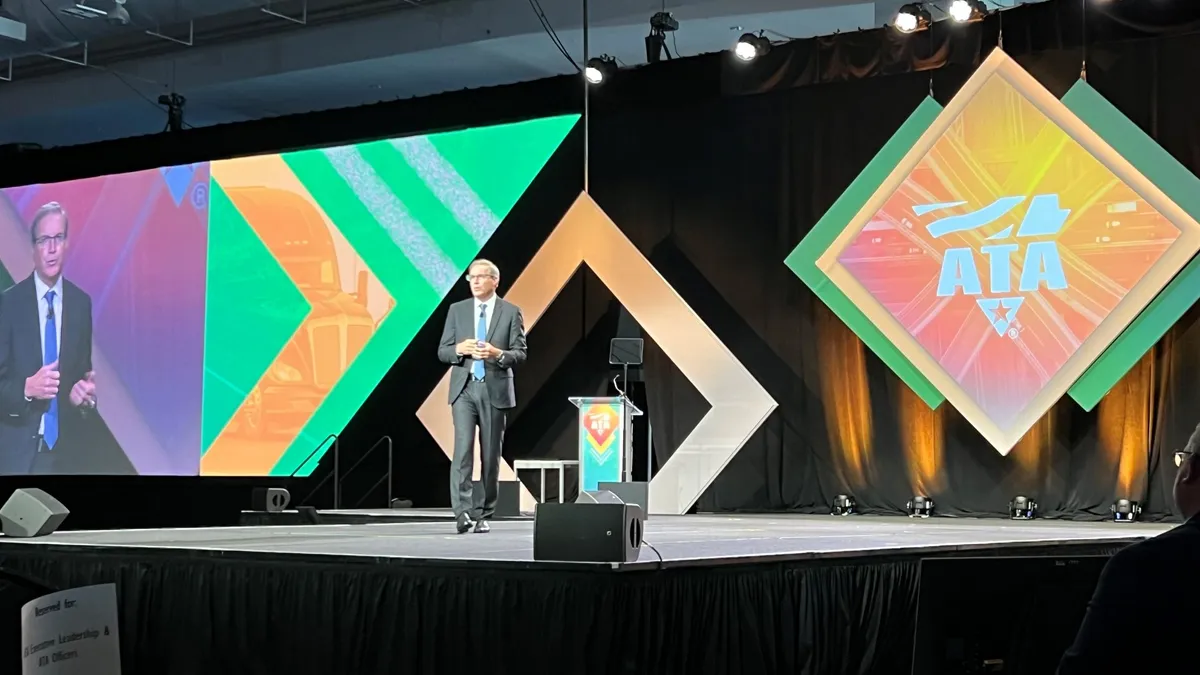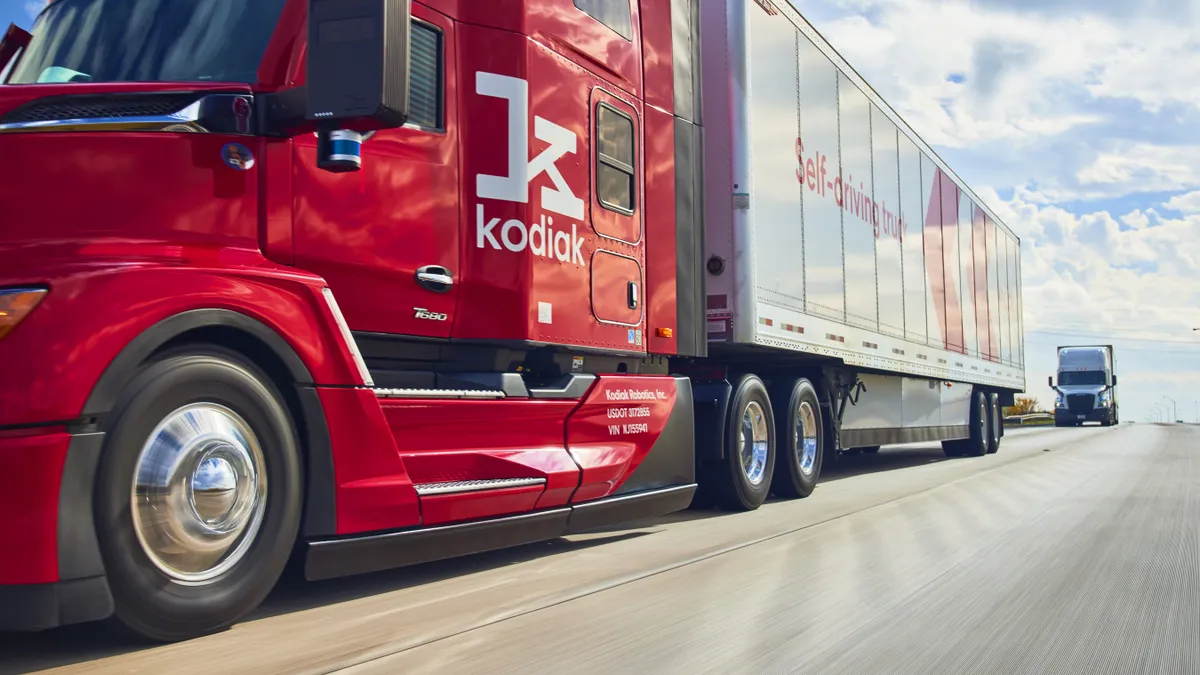Paccar Parts' 16% YoY revenue growth in its most recent quarter reflects the overall state of the freight transportation industry right now. Demand for equipment and services is high, and everything from the new-truck to the used-truck market is on fire.
In Paccar Parts' case, sales in its e-commerce division increased more than 30% YoY.
"The biggest thing with e-commerce is really that the world is changing," Paccar CEO Preston Feight said during an earnings call in April. "And we have a great new e-commerce system in place which makes it very easy for people to order parts ... You can do that [on] your handheld device. You can do it [on] your laptop."
Paccar, as a bellwether in the trucking aftermarket, may signal a change in models long based on traditional sales avenues.
The pandemic has served as a catalyst for some of this, but whether the e-commerce avenue will continue to grow in parts sales remains to be seen. Some parts distributors remain wedded to continuing in a long-established, conventional sales model.
Change in a traditional industry
"E-commerce has its place in the industry," said Marc Karon, president of Total Truck Parts. "But that's limited to those who know and understand exactly what they're looking for. In trucking, that's not usually the case."
Total Truck Parts' typical customer depends on the company for its expertise as much as its ability to supply a part, Karon said.
"We make sure that our customers get the right part the first time, and that it's right for the particular application," he said. "You're not going to get that with someone like an Amazon."
Jeff Volpe, marketing director for the Commercial Vehicle Solutions Network, concurred with this line of thinking.
"E-commerce has its place in the industry. But that's limited to those who know and understand exactly what they're looking for."

Marc Karon
President of Total Truck Parts
"Even though you can get or find a part from an online vendor, there is no guarantee on warranty status, and the customer service is lacking," he said. The association's members, which are distributors, "have found that their customers don't want to substitute that for parts that they can get immediately anyway."
That said, some parts sellers and distributors acknowledge that change may be in the air, even in a very traditional industry.
"The pandemic put a spotlight on supply chain issues that can manifest themselves in many ways, even in 'normal' times," said Wally Williams, senior vice president of business processes and information technology at W.W.Williams. "We have seen that maintaining inventory levels and alternative sourcing options for essential parts has become more focused."
The procurement process, Williams said, is beginning to change.
"The pandemic highlighted the industry's reliance on older methods of purchasing, like phone and email. And the lack of quality, industrywide e-commerce became more apparent," Williams said.
Relationships over clicks
While younger generations and market demands might dictate that parts procurement adopt widespread e-commerce practices, there are hurdles to jump before it becomes the norm.
Most Class 8 parts are still purchased over the phone, in person or via email, Williams said. Identifying the correct part often requires professional help or the ability to search for a part using the vehicle identification number.
"Many existing e-commerce sites don't yet have VIN lookup capability or data organized and presented in a way to easily identify the correct part," Williams said.
The relationships that build out of these more personal interactions also remain part of the equation, said Karon.
"When a truck rolls into a shop at 4:30 in the afternoon needing a part, who is the driver going to call?" he asked. "We give customers a feeling of comfort, developed over time, that they can count on us for the support they need."
At the beginning of the pandemic, this is an area that suffered, however. Face-to-face contact was all but impossible, leaving an opening for the further development of e-commerce channels.
But for e-commerce parts procurement to become ubiquitous, it will take an industrywide effort, said Williams.
"The pandemic highlighted the industry's reliance on older methods of purchasing, like phone and email."

Wally Williams
Senior Vice President of Business Processes and Information Technology at W.W.Williams
"If we, as a trucking industry, can move toward establishing data standards similar to the Auto Care Association, Aftermarket Catalog Exchange Standard and Product Information Exchange Standard, it will make advancing our e-commerce capabilities more seamless," he explained.
The bottom line is that progress toward more e-commerce for parts procurement is underway, but it won't be fast progress. In the meantime, trucking companies understand that their long-held relationships with suppliers will carry them through high-demand times.
"I've been in this industry a long time, and I know that when you see inflation coming, it's time to invest in inventory," said Karon. "We invested in inventory at the beginning of the pandemic, and now we have the parts that our customers need."




















